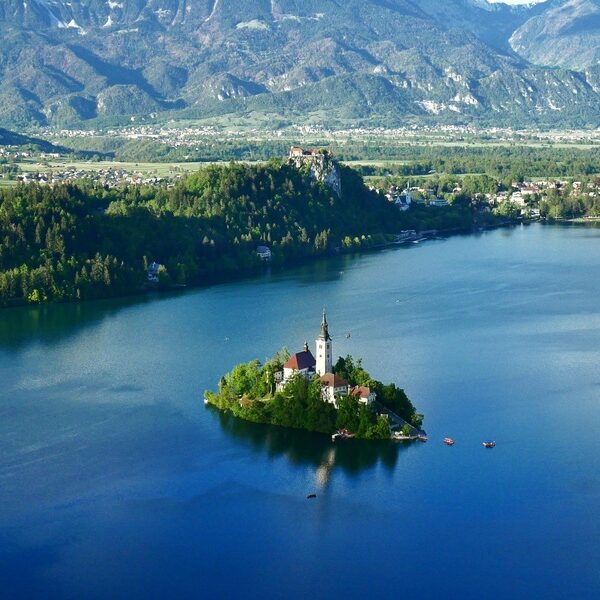The history of wealth across nations spans centuries, shaping trade routes, political power and living standards. Richness takes many forms: natural-resource wealth, advanced industry, financial services, and high-value technology sectors all produce prosperity in different ways. Some small countries show very high income per person, while large economies may dominate total output. Understanding where and why wealth concentrates helps explain migration, investment flows and regional economic strategies. The Richest Countries by Region series examines these patterns at a regional level to show how size, resources and economic models influence measured prosperity.
Context
Measures of national wealth have evolved from mercantilist tallies of trade to modern gross domestic product (GDP) and GDP per capita metrics compiled by organizations such as the World Bank and the International Monetary Fund. The Industrial Revolution, the discovery of hydrocarbons, and the rise of global finance each reshaped which countries led economically. Today, distinctions matter: nominal GDP ranks large, high-price economies, while purchasing power parity (PPP) adjusts for local price levels and can rearrange per-capita standings. Sovereign wealth funds, led by Norway’s Government Pension Fund Global, and state investment strategies help stabilize income in resource-rich states. Data-driven comparisons rely on standardized national accounts, but demographic size, tax and regulatory regimes, and the presence of multinational firms all affect how “richness” appears in statistics.
Scope and coverage
This collection of Richest Countries by Region encompasses regional snapshots and thematic looks at wealth across continents and subregions, emphasizing general drivers rather than exhaustive rankings. Coverage includes contrasts between small high-income states and large advanced economies, differences between nominal and PPP measures, and the roles of natural resources, financial services, manufacturing and technology. It also highlights how population size and fiscal institutions shape per-capita outcomes. The focus is on clear, comparable indicators and regional context so readers can see patterns and trade-offs without implying a single definitive ordering for all purposes.
Little-known facts about the richest countries:
- Small states such as Luxembourg and Singapore often rank near the top of nominal GDP per capita lists due to concentrated financial and service sectors.
- Switching from nominal to PPP measurements can change per-capita standings because PPP accounts for differences in local prices and living costs.
- Oil- and gas-exporting countries—including several Gulf states—frequently show high per-capita incomes when commodity revenues are large.
- Financial centers and countries with favorable tax or regulatory regimes can display inflated GDP per capita relative to resident incomes because of cross-border corporate activity.
- Sovereign wealth funds, with Norway’s fund the largest globally, are a key mechanism for converting resource income into long-term national savings.
- Population size strongly influences per-capita rankings: a small population with high output will typically register higher per-capita figures than a much larger economy with similar total GDP.






